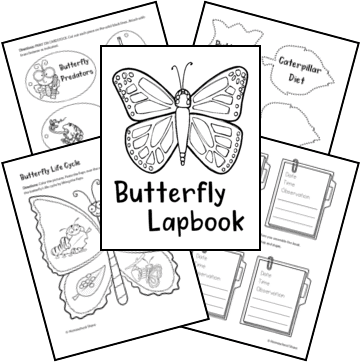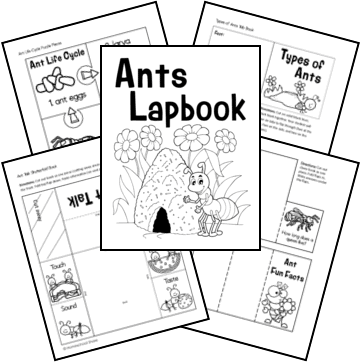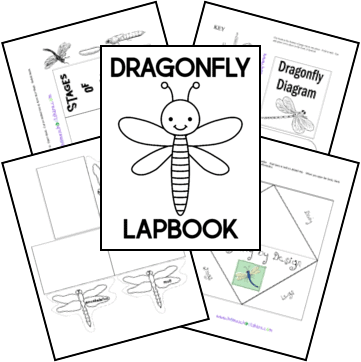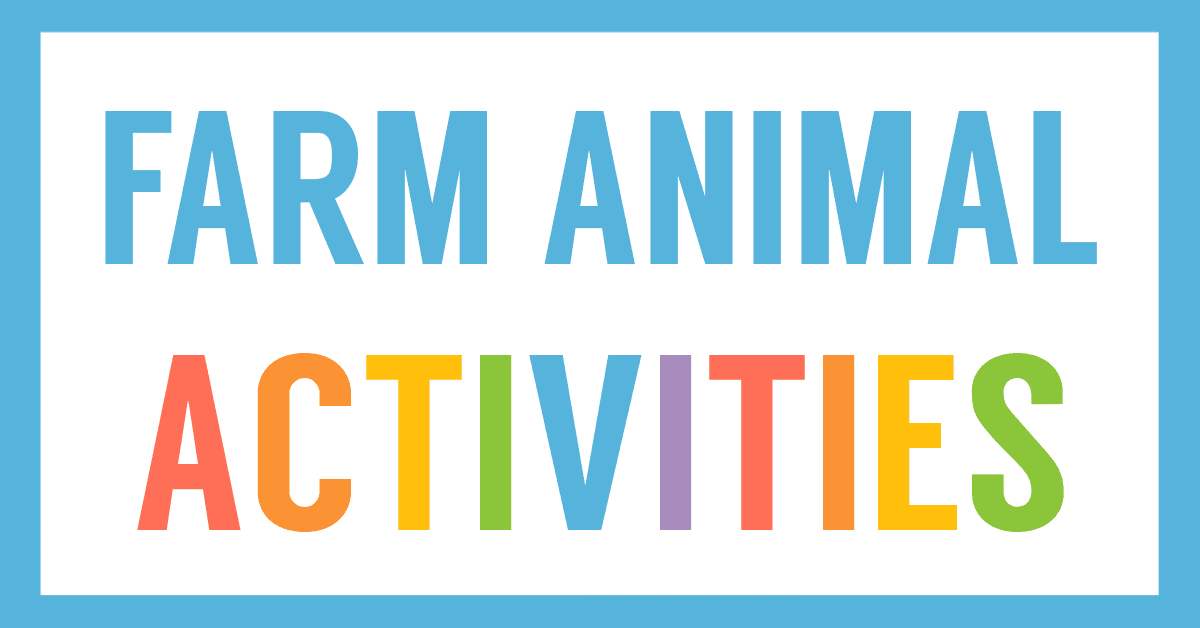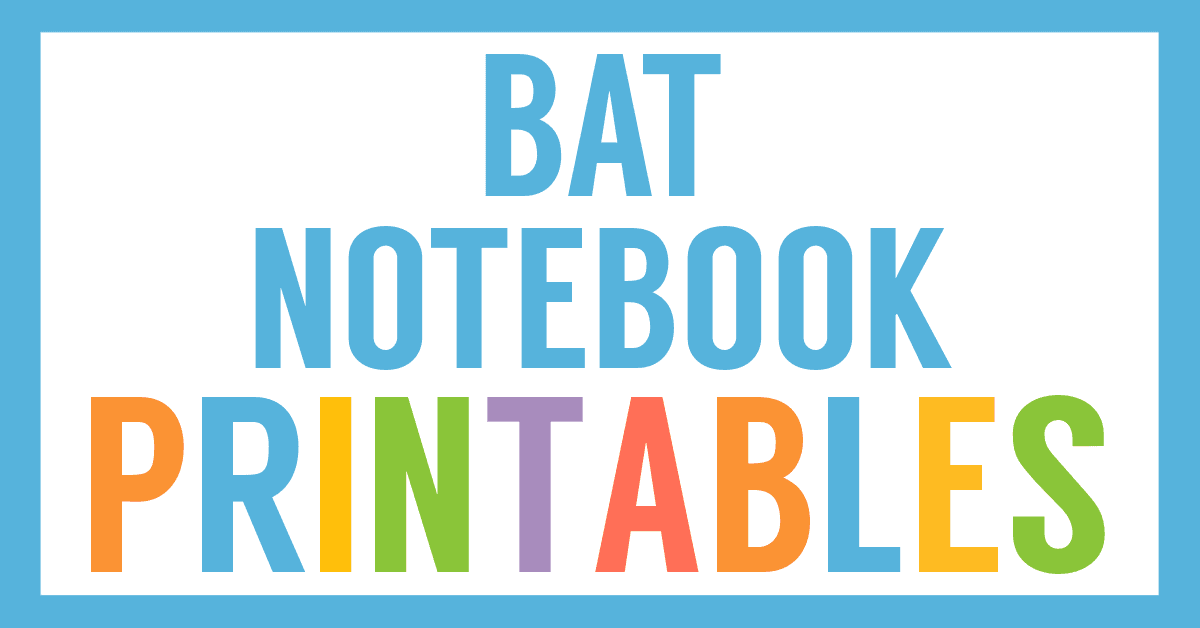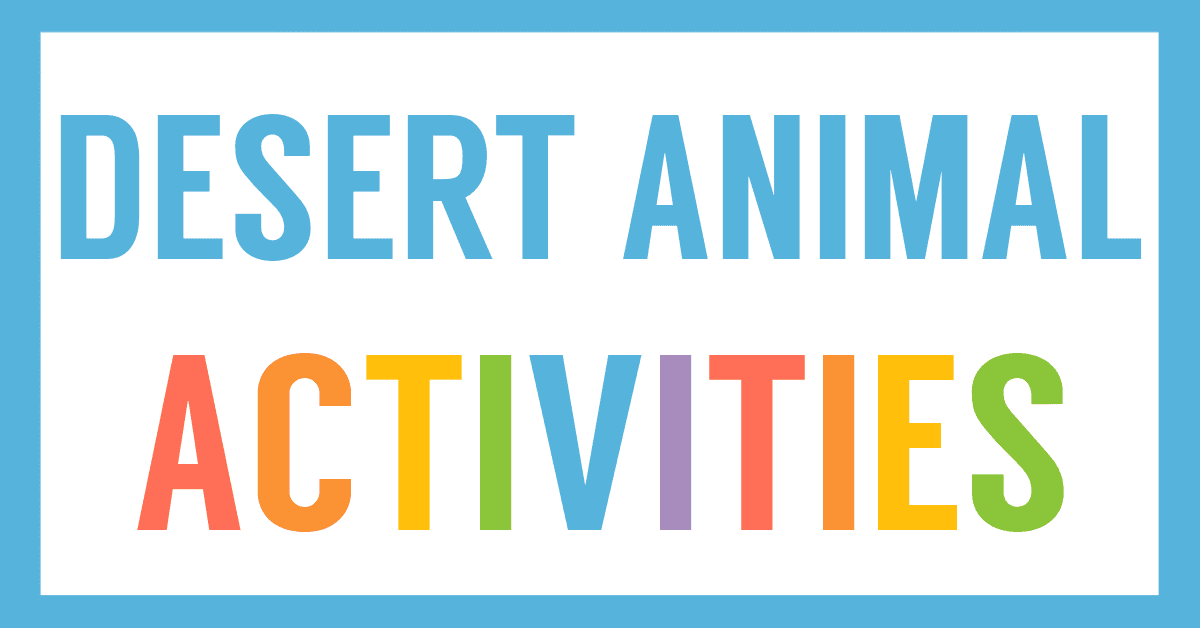Affiliate Disclaimer
We sometimes use affiliate links in our content. This won’t cost you anything, but it helps us to keep the site running. Thanks for your support.
Enjoy homeschool science with this free Honeybee Lapbook. Learn all about honeybees: honeybee communication, types of bees, how bees make honey, honeybee senses, lifecycle of the honeybee, hive construction, and so much more! Turn this science unit study into a nature study by going outside and observing some bees.
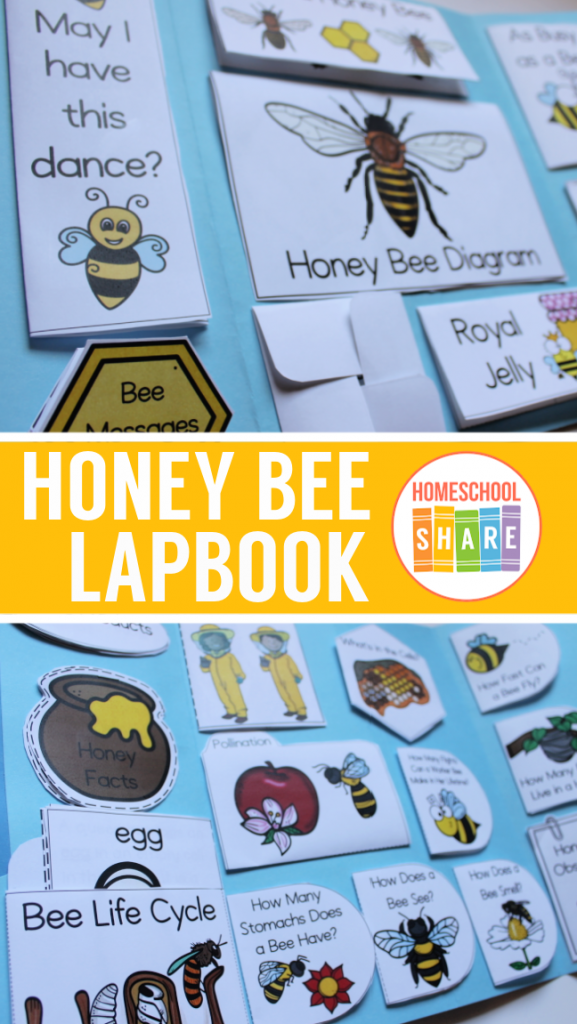
Honeybee Lapbook Lessons
Here are some sample lessons from the Honeybee Lapbook:
Three Types of Bees in the Honeybee Hive
1. Queen
The queen is the largest of the three different types of bees. She has a very long abdomen. She uses her stinger to fight off other queen bees, and she can use it multiple times without dying. The queen’s main purpose in life is to make more bees, and she can lay up to 2,000 eggs each day!
2. Drone
Drones are the male members of the hive. They have a rounded abdomen, huge eyes, and powerful wings. They do not have a stinger, wax secreting glands, or even a proboscis, so they must be fed by the workers. They only purpose of a drone is to mate with a queen bee. After mating, the drones die.
3. Worker
Worker bees are females who keep the hive afloat. They are the smallest of the three kinds of bee in the colony. Workers have a long proboscis (tongue) in order to suck up nectar from flowers. Their hind legs have stiff hairs that form pollen baskets. They have a stinger but can only sting once. When they sting, the barbs are like hooks, and the stinger gets stuck in the victim. As this happens, the stinger is pulled out of the bee’s body which kills the bee.
Has your student ever heard the expression “as busy as a bee”? Well, that’s because worker bees are busy! Here are some of their responsibilities:
1. Guard the entrance to the hive
2. Clean the hive
3. Build the comb
4. Make honey
5. Keep the hive cool (by fanning their wings)
6. Tend to her majesty, the queen
7. Feed the baby bees
8. Collect pollen and nectar
After a worker bee has made about 400 flights to retrieve nectar and pollen, the muscles in her wings and legs are worn out. She will fall to the ground and die.
Bee Communication
Does your student know that some animals “talk” to each other with different kinds of smells? Pheromones are chemicals that allow animals to do this. Here are some of the messages that bees send each other with pheromones:
- I live in the same hive as you
- I don’t know you
- I’m a worker
- I’m the queen
- Danger!
- Protect the hive!
To access all of the lessons in this free Honeybee Lapbook, subscribe to Homeschool Share’s email list using the form in this post.
Honeybee Book List
Here are some wonderful honeybee books to read to your students as you study this amazing insect.
- Honey in a Hive by Anne Rockwell
- The Bee Tree by Patricia Polacco
Check out our free The Bee Tree printables here. - Honeybee: The Busy Life of Apis Mellifera by Candace Fleming
- The Honeybee by Kristen Hall
- The Honey Makers by Gail Gibbons
Honeybee Lapbook Printables
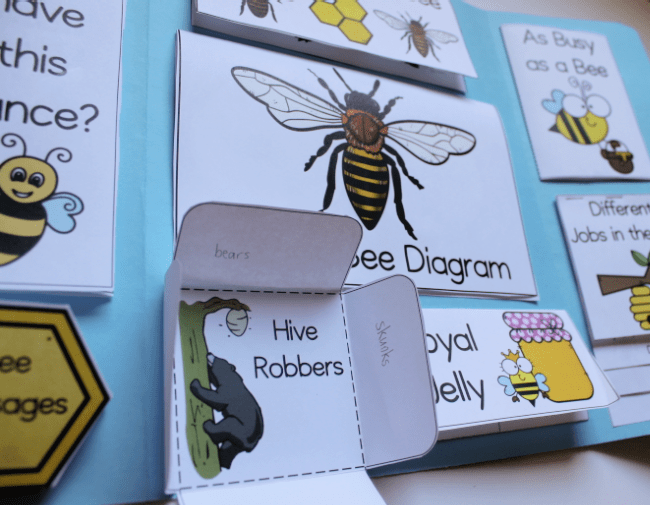
In addition to the research lessons, the file includes these mini-books for your student to create a Honeybee Lapbook:
- Different Jobs in the Hiver Layer Book
- Royal Jelly Flap Book
- Bee Messages Accordion Book
- Honeybee Simple Fold Books
- Honey Facts Shape Book
- Round Dance & Waggle Dance Flap Book
- Hive Robbers Petal Book
- What’s in the Cells? Tri-fold Book
- Honeybee Observations Book
- Honeybee Life Cycle Cards & Pocket
- Honeybee Diagram Simple Fold Book
- And more!
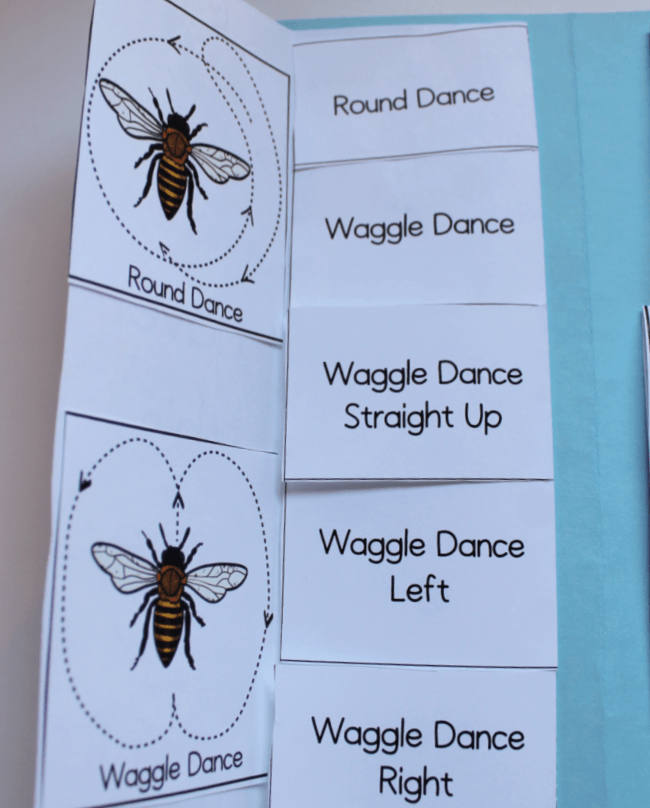
Honeybee Lapbook Sample
Here is a sample Honey Bee Lapbook; it doesn’t include all of the mini-books.
This sample was made with two file folders, glued together.
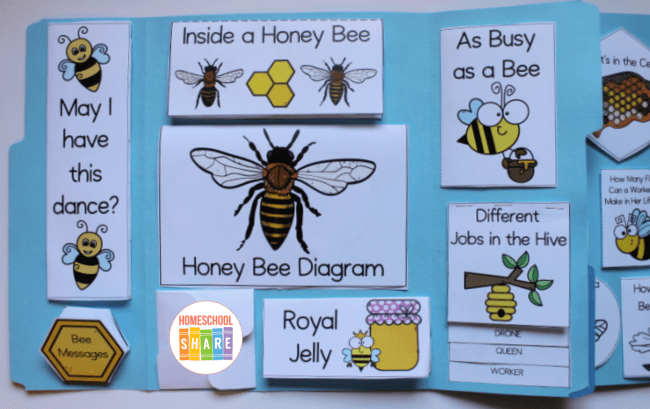
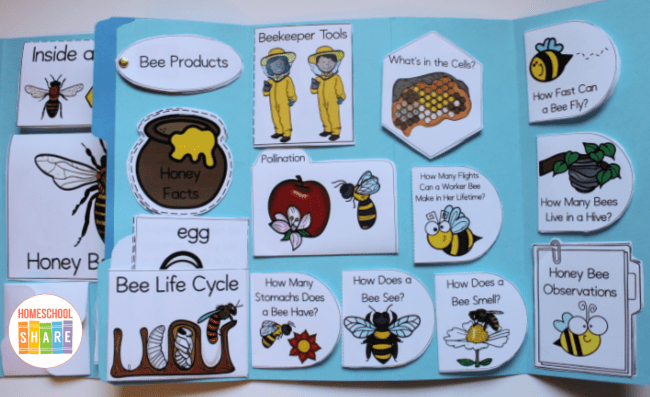
How to Get Started with Your Bee Lapbook
Follow these simple instructions to get started with the Honeybee Lapbook.
- If you want, go to your local library and check out books about honeybees. You may want to check out books about other types of bees and wasps as well, so that your student can compare and contrast the different insects.
- Print the Honeybee Lapbook lessons.
- Choose and prepare the mini-books you want to use with your student. You can choose between a color version and a black and white version.
- Enjoy a week of reading and learning all about honeybees.
Get Your Free Bee Lapbook
Use the form below to subscribe to the newsletter. Once you confirm, you’ll receive an email with the link to the lapbook. If you are already confirmed, simply enter your name and email address below, and you will receive an email with the link.
Explore More Insect Lapbooks
Check our our animal lapbooks and you’ll find a variety of insects to learn about.

